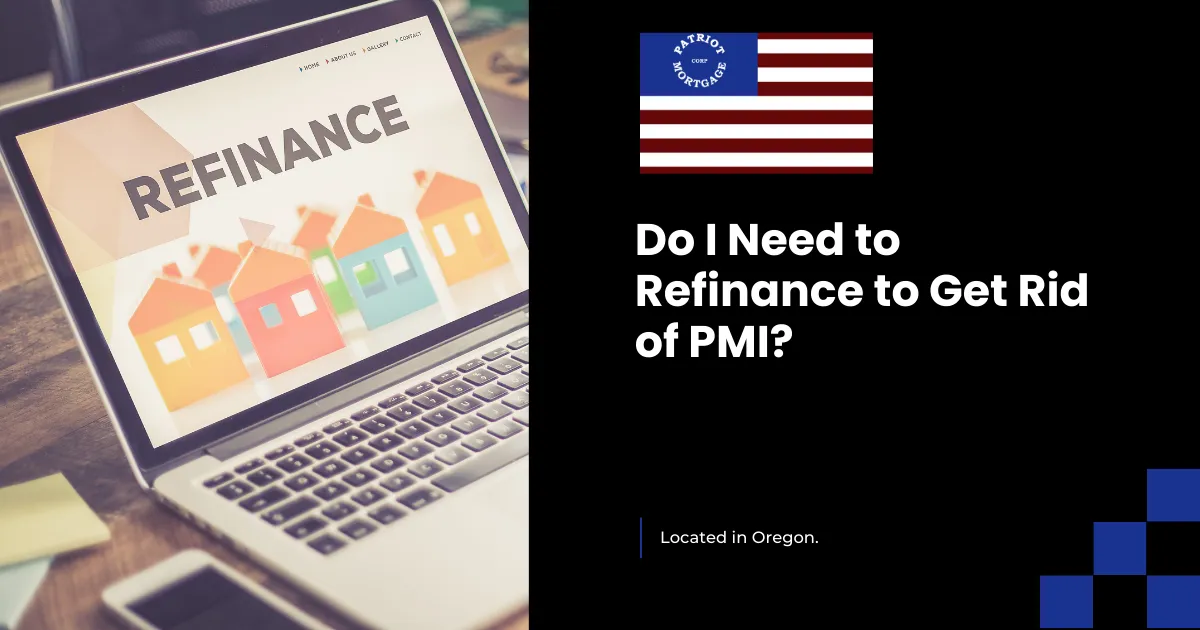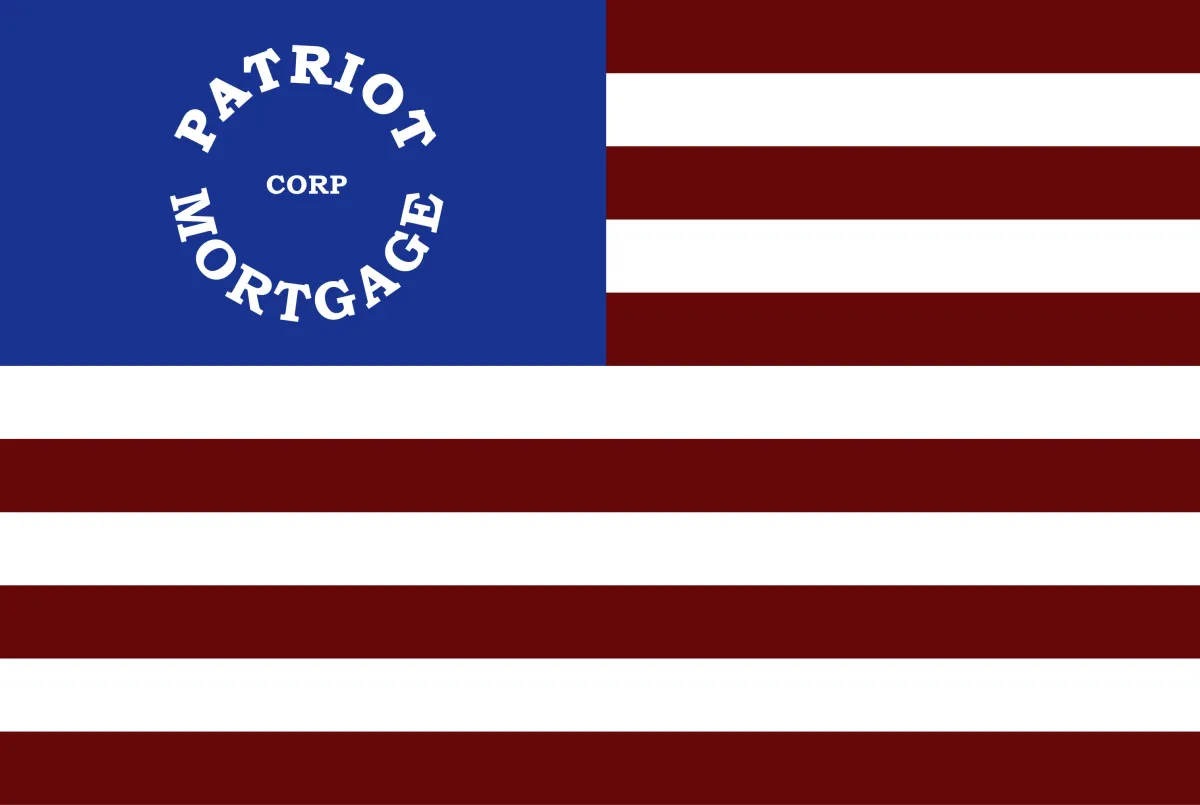
Do I Need to Refinance to Get Rid of PMI?
Private Mortgage Insurance (PMI) is a common requirement for homeowners who put down less than 20% when purchasing their home. While PMI can help make homeownership accessible, it also adds to your monthly expenses. Naturally, many homeowners seek ways to eliminate PMI as soon as possible. One common question is whether refinancing is necessary to get rid of PMI. The short answer is: not necessarily. Here's what you need to know.
Understanding PMI
PMI is insurance that protects the lender in case you default on your mortgage. It typically costs between 0.3% and 1.5% of the original loan amount per year, depending on your loan-to-value (LTV) ratio and credit score. For many homeowners, this extra cost can add up to hundreds of dollars per month.
How Can PMI Be Removed?
Automatic Termination: Under the Homeowners Protection Act of 1998, lenders are required to automatically terminate PMI when your mortgage balance reaches 78% of the home's original value, assuming you're current on your payments. This is the simplest way to get rid of PMI without refinancing.
Requesting Cancellation: You can request PMI cancellation once your mortgage balance reaches 80% of the home's original value. To do this, you'll need to contact your lender and possibly provide evidence that your home hasn't significantly declined in value.
Home Value Appreciation: If your home's value has appreciated significantly, you might reach the 80% LTV ratio sooner than expected. You can request a new appraisal to demonstrate this increase in value and ask your lender to cancel PMI based on the new appraisal.
Refinancing to Eliminate PMI
Refinancing can be an effective way to eliminate PMI, but it's not always necessary. Here are the steps and considerations if you choose to refinance:
Assess Your Home's Current Value: Before refinancing, check if your home has appreciated enough to reach an 80% LTV ratio. This can be done through an appraisal or a comparative market analysis (CMA) by a real estate agent.
Calculate Refinancing Costs: Refinancing comes with costs such as closing fees, appraisal fees, and potentially other charges. Ensure that the savings from eliminating PMI outweigh the refinancing costs.
Interest Rates: If current interest rates are lower than your existing mortgage rate, refinancing could also reduce your monthly payments, providing additional savings beyond eliminating PMI.
Alternatives to Refinancing
If refinancing isn’t an attractive option, there are other strategies you can consider:
Extra Payments: Making extra principal payments can help you reach the 80% LTV ratio faster. Check with your lender to ensure these payments are applied to your principal.
Loan Modification: Some lenders might offer loan modification programs that could help you eliminate PMI without the need for a full refinance.
Conclusion
Eliminating PMI can lead to significant savings, but refinancing isn't always the only or best option. Understanding the terms of your PMI and exploring all available options can help you make an informed decision. Whether you choose to refinance or pursue another method, the key is to stay proactive and monitor your mortgage balance and home value regularly.
For more detailed information, you can visit the following resources:
By taking the right steps, you can eliminate PMI and save money on your mortgage, bringing you closer to financial freedom.
Social Media Links
YouTube



